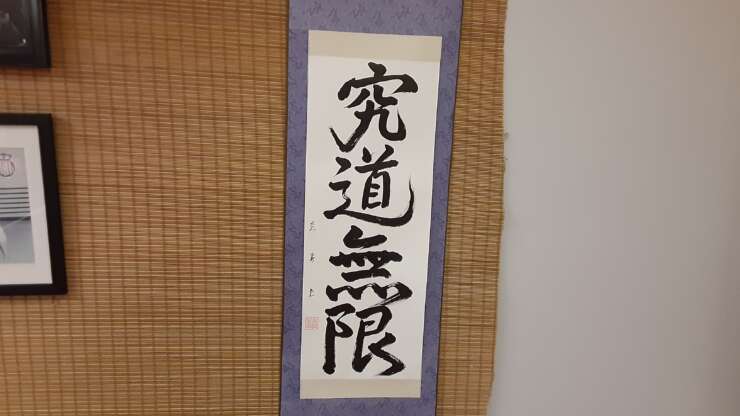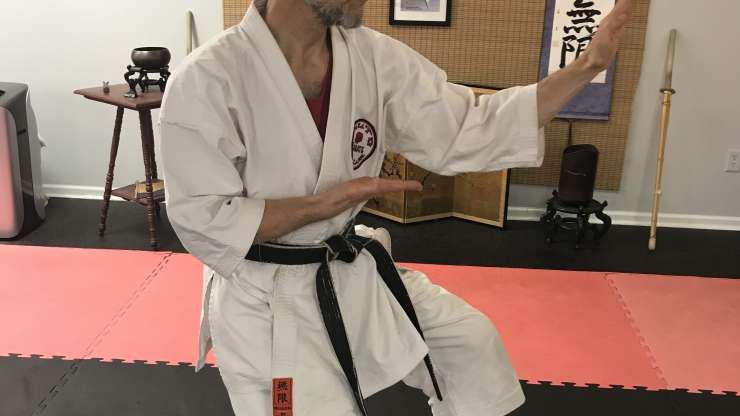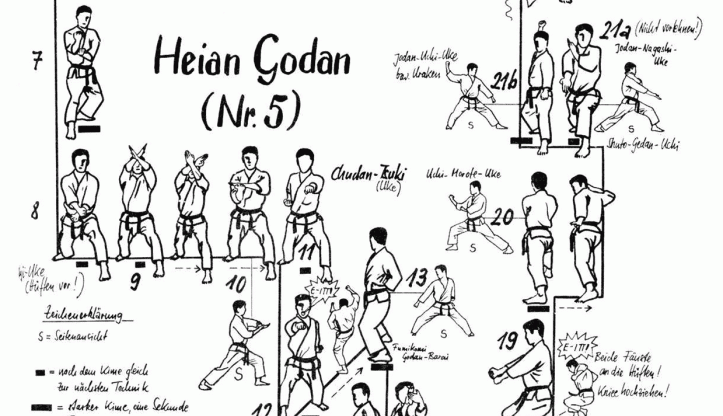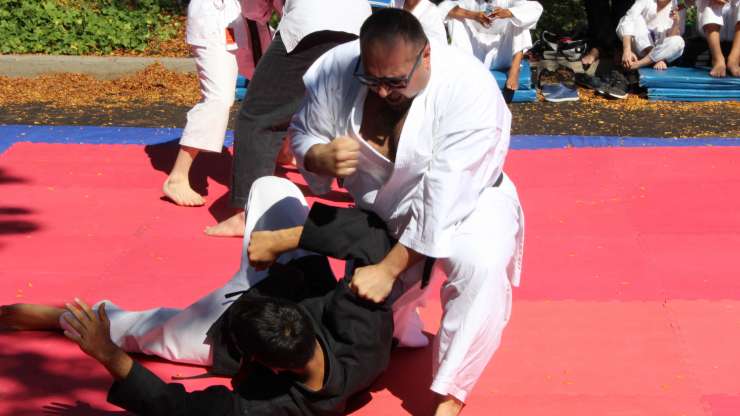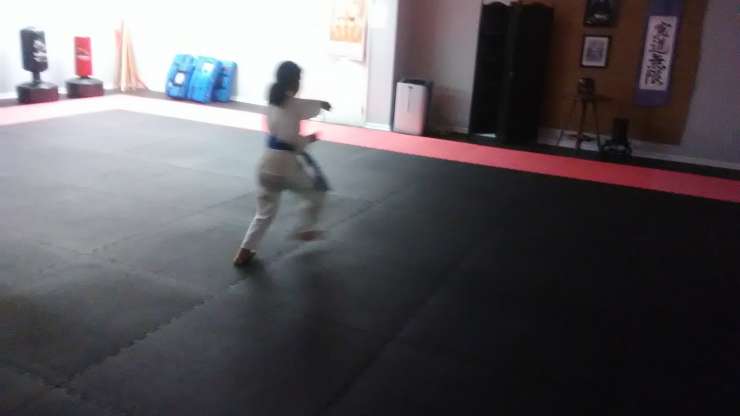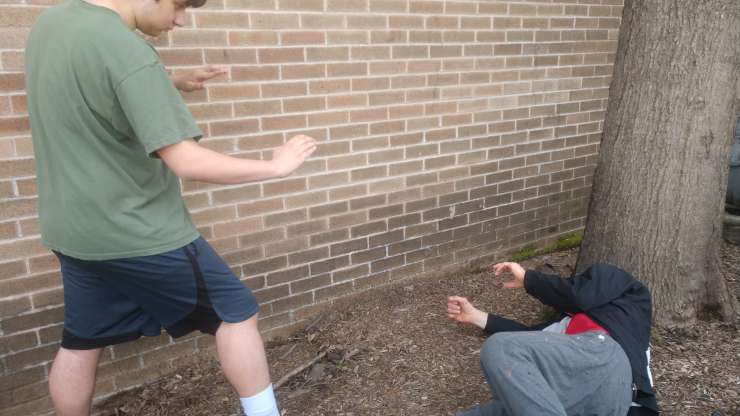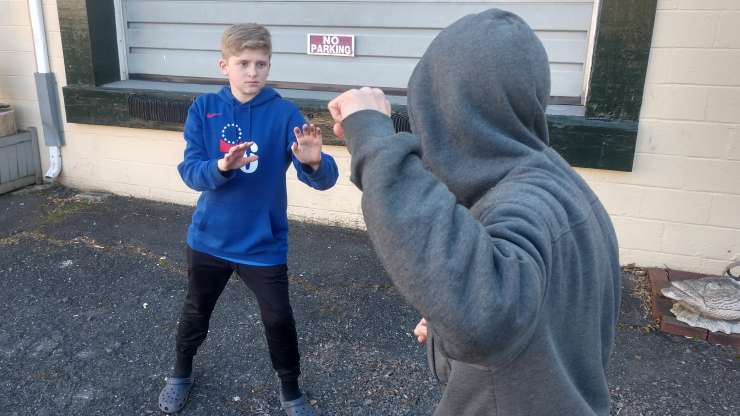Martial artists often debate the question, “Which is the best martial art?” Of course, the question needs to be fleshed out a bit: best for what? Usually this means, which is the best for self-defense? I don’t really know the answer to this, or even whether there IS an answer, because so much depends on who the teacher is, their…


